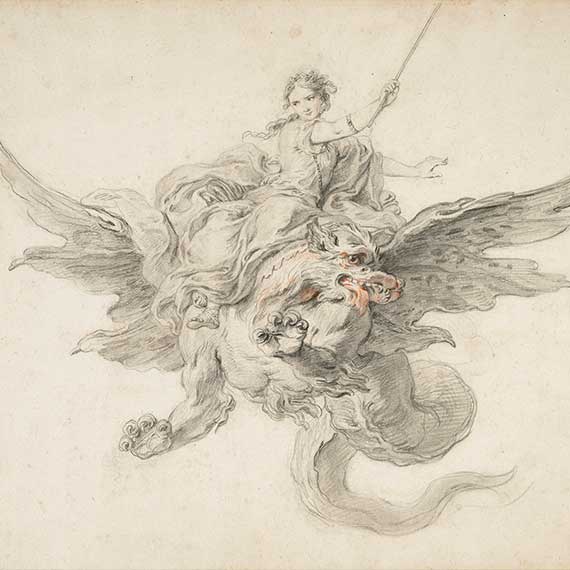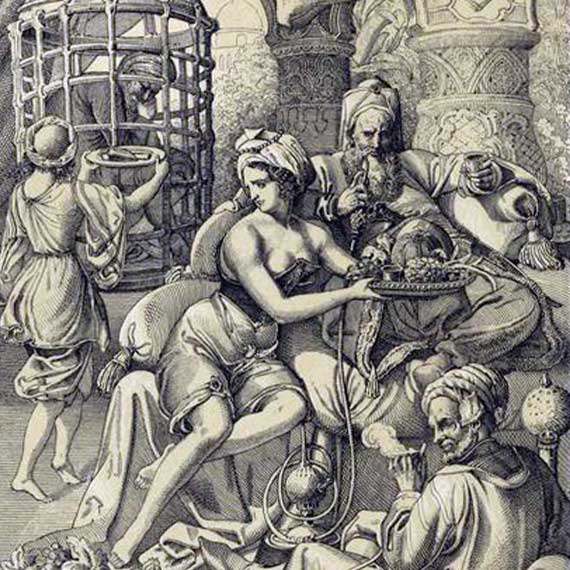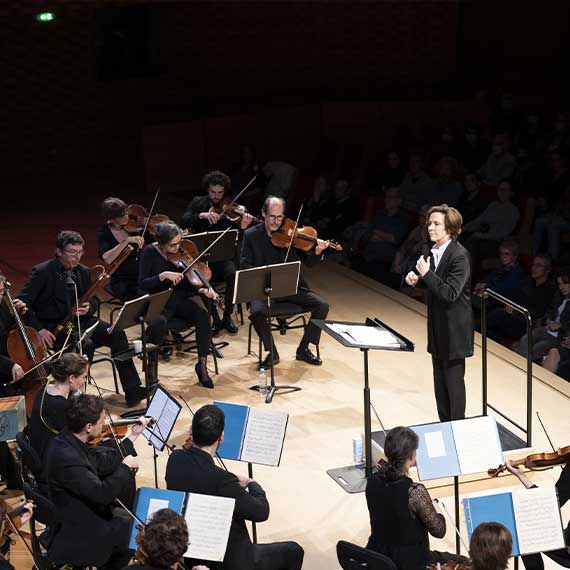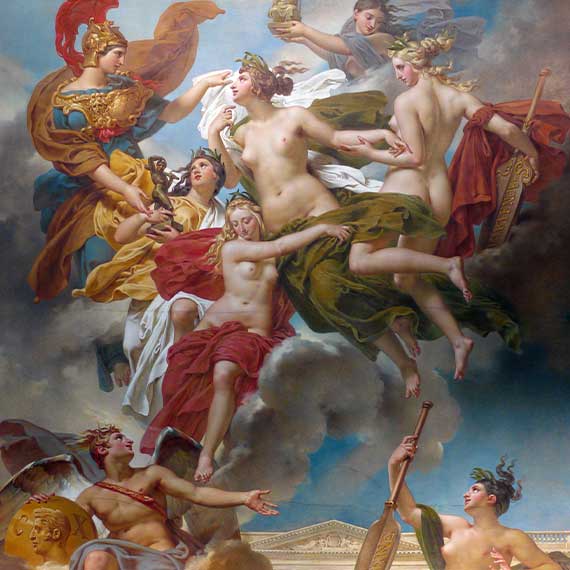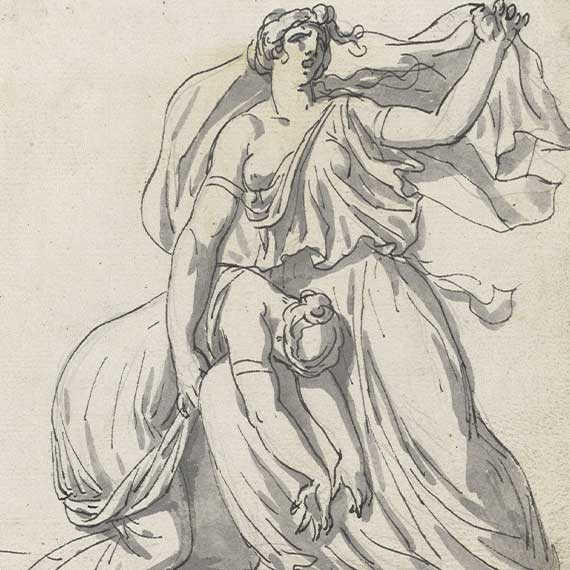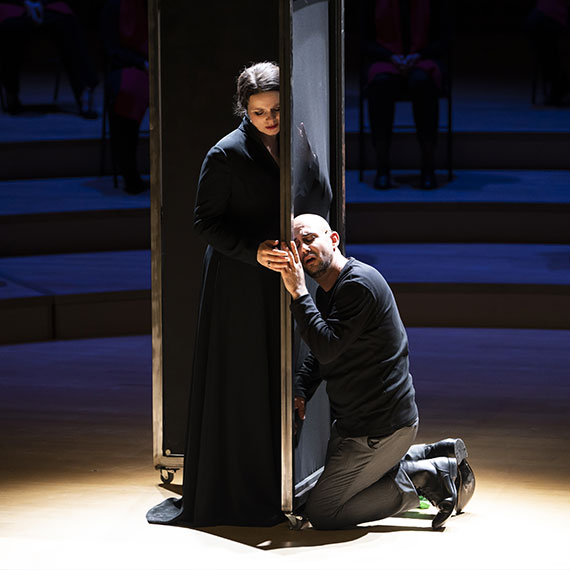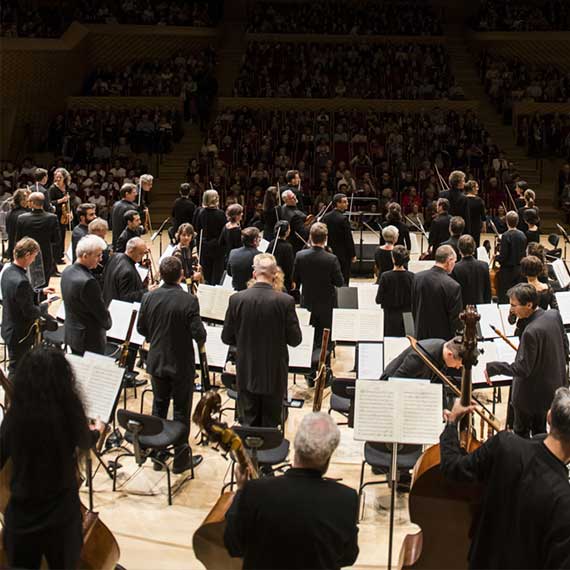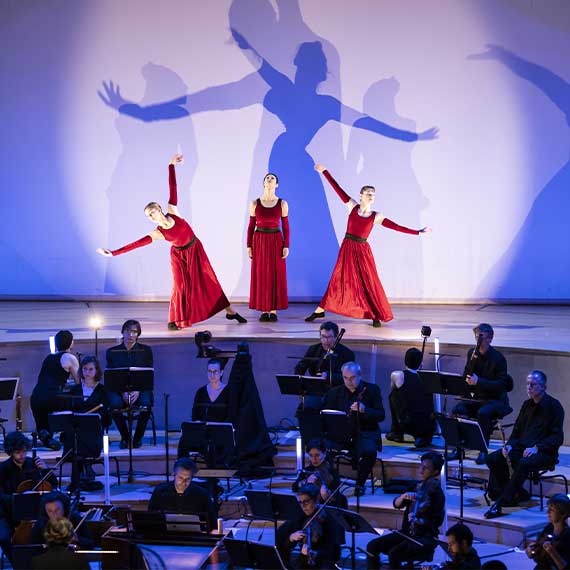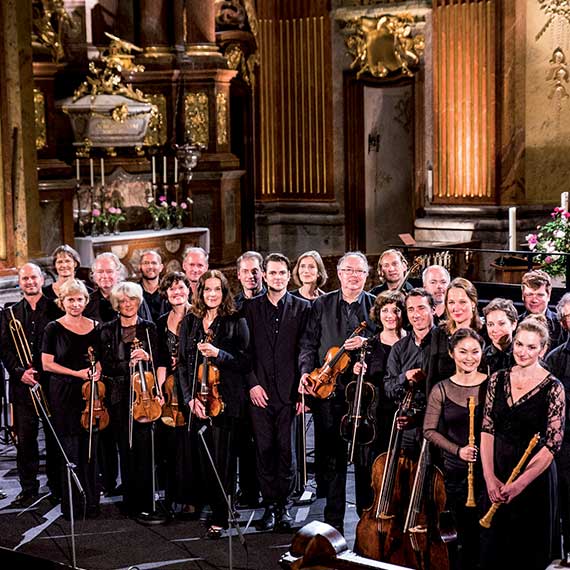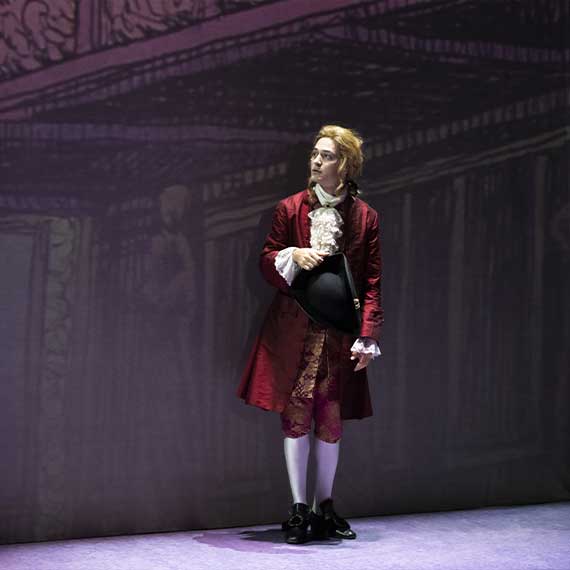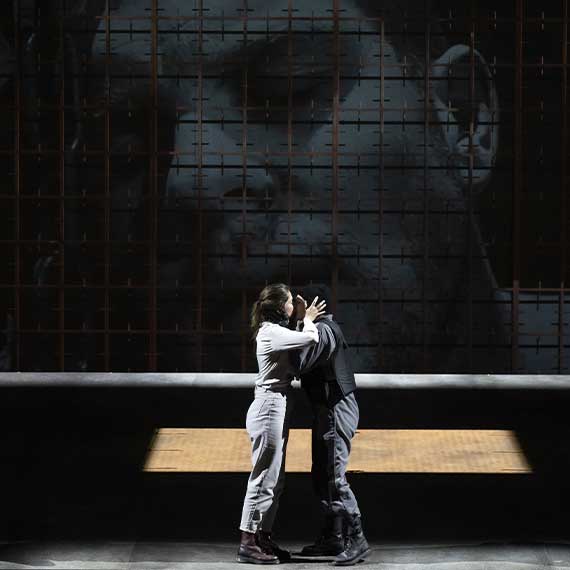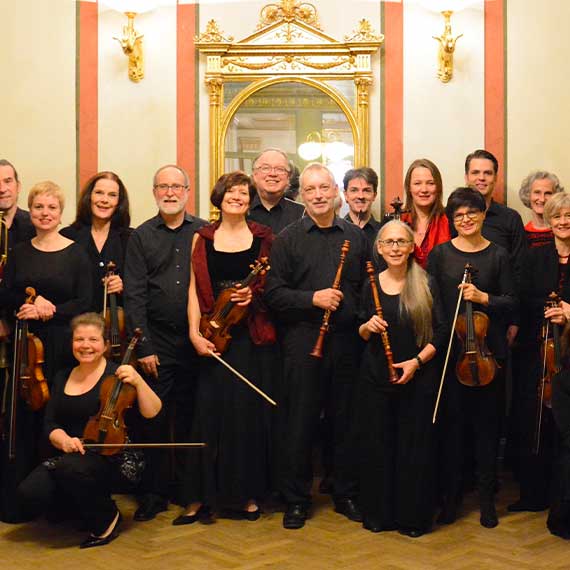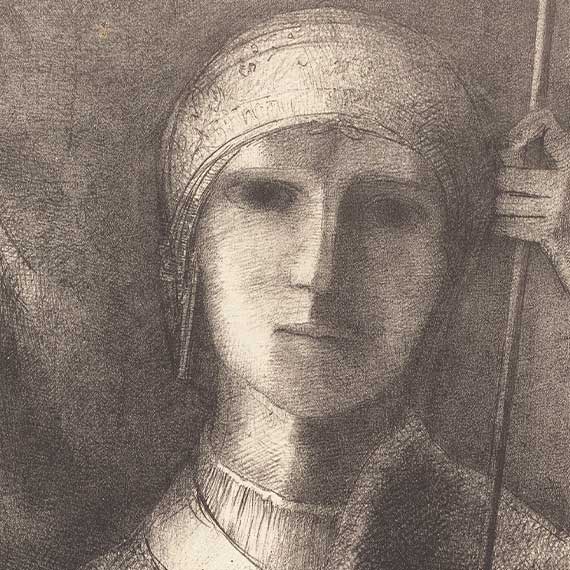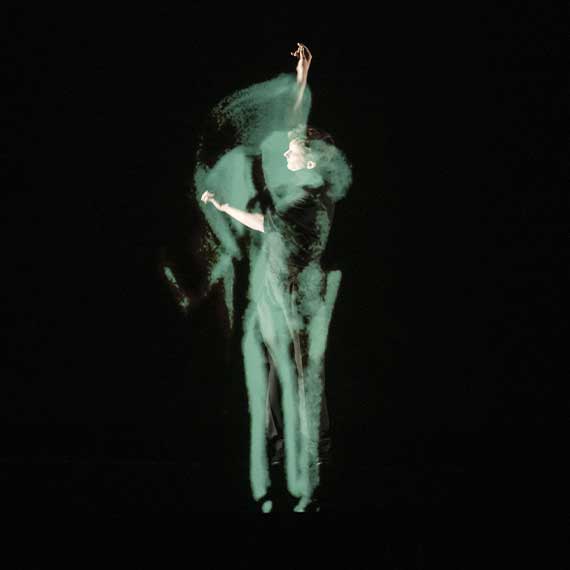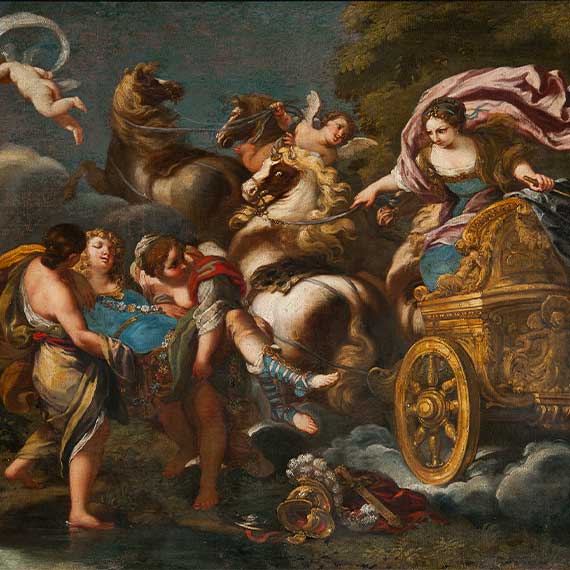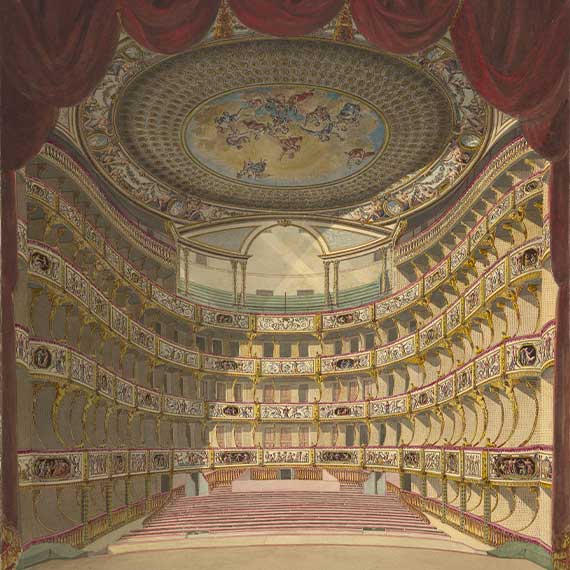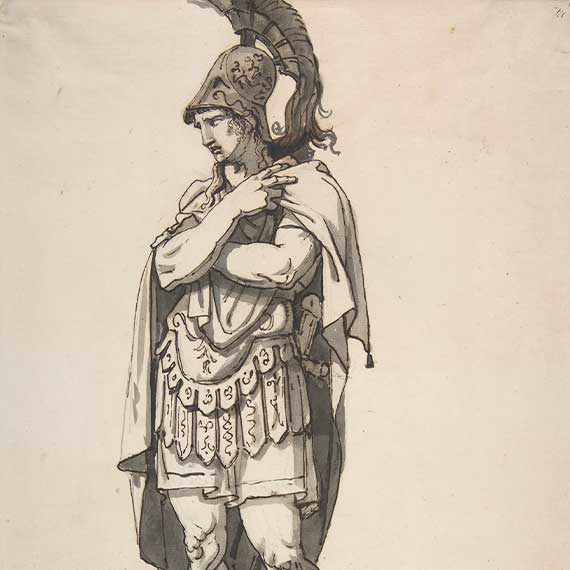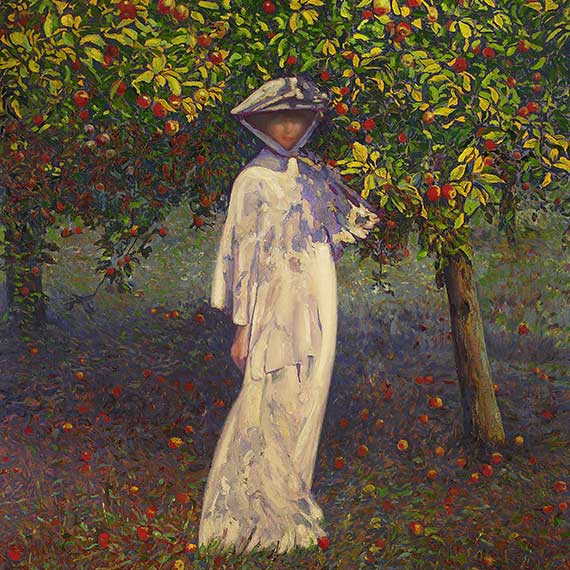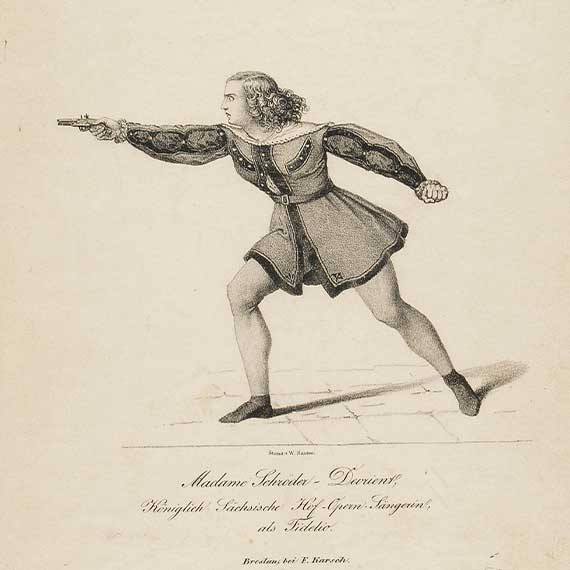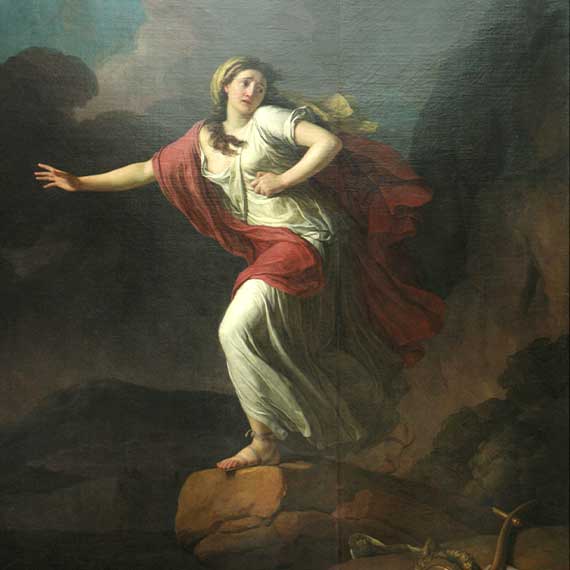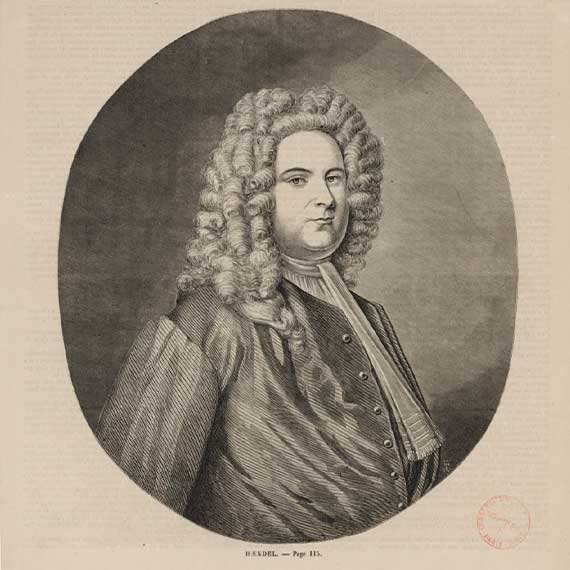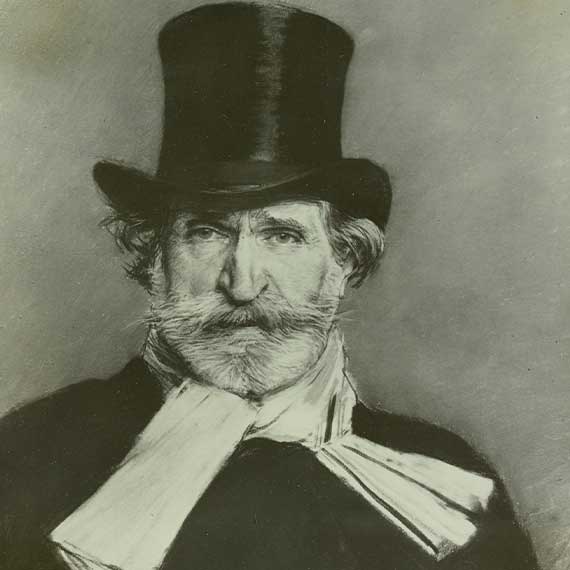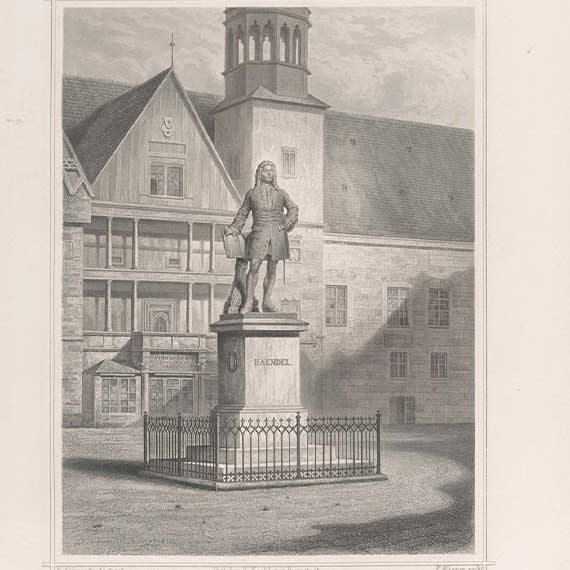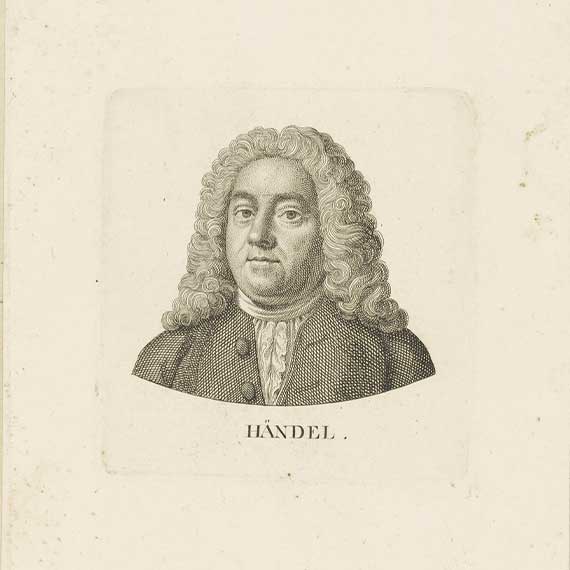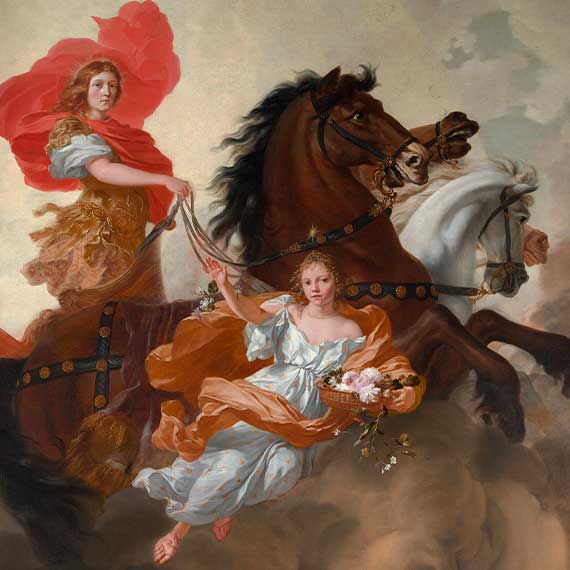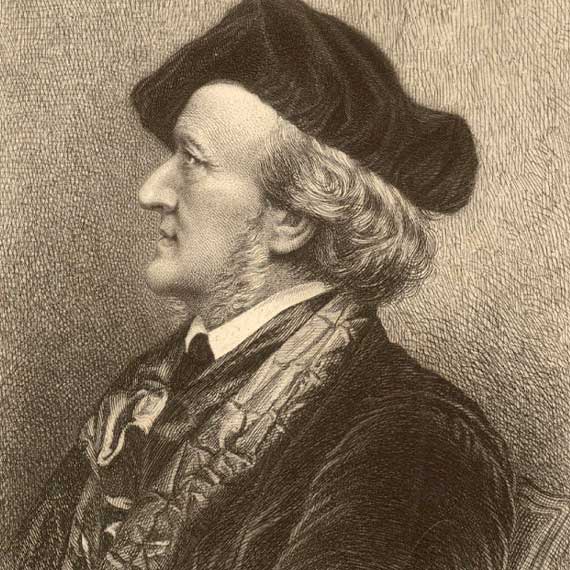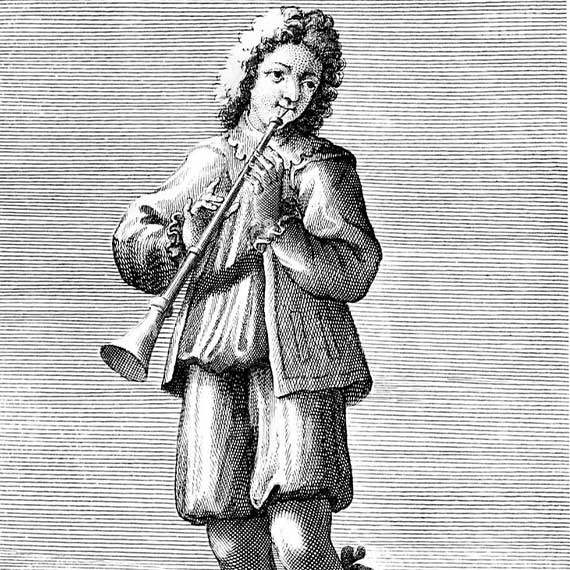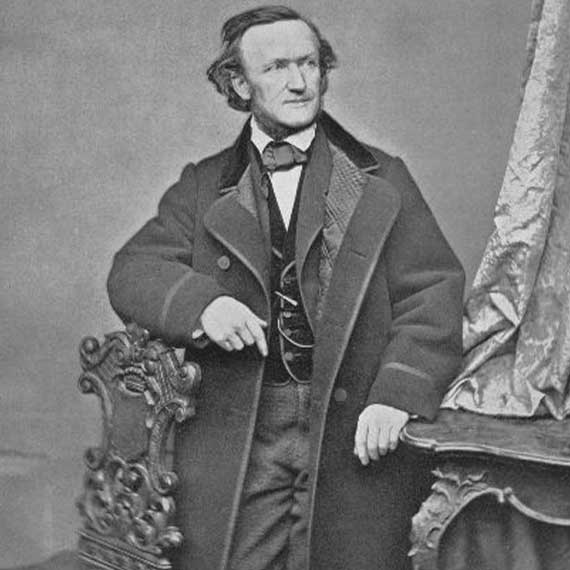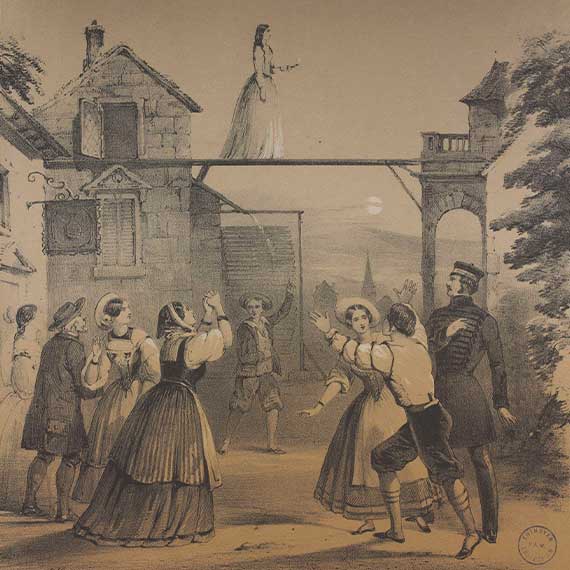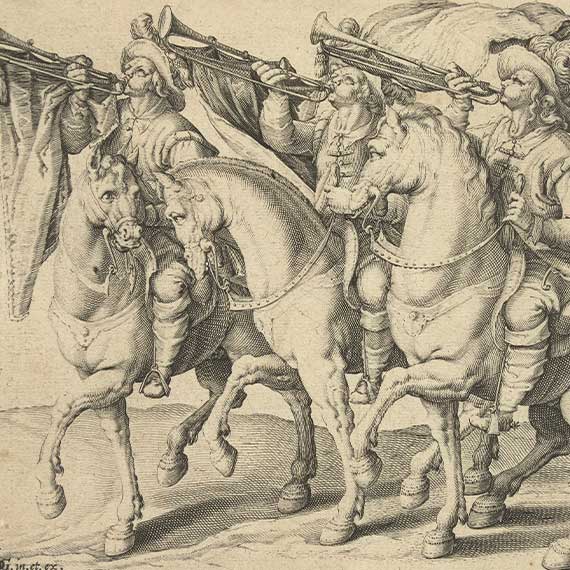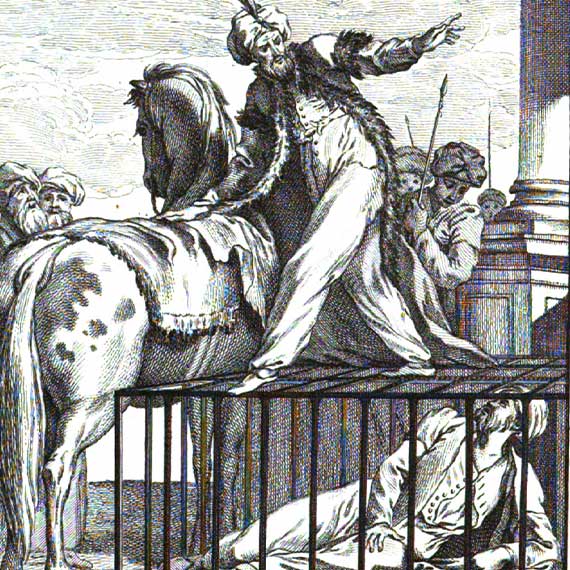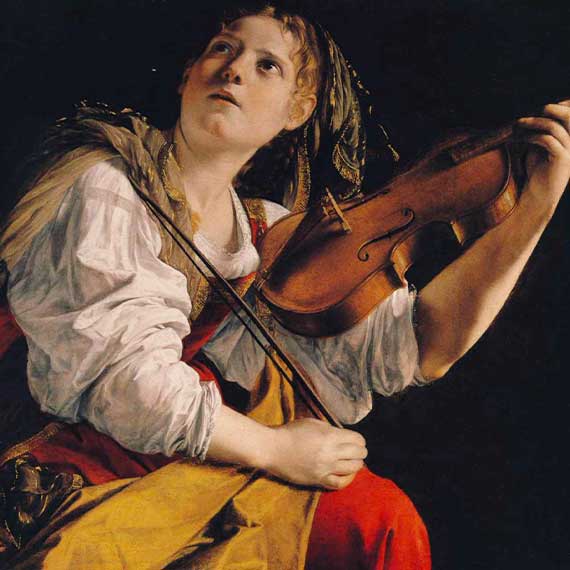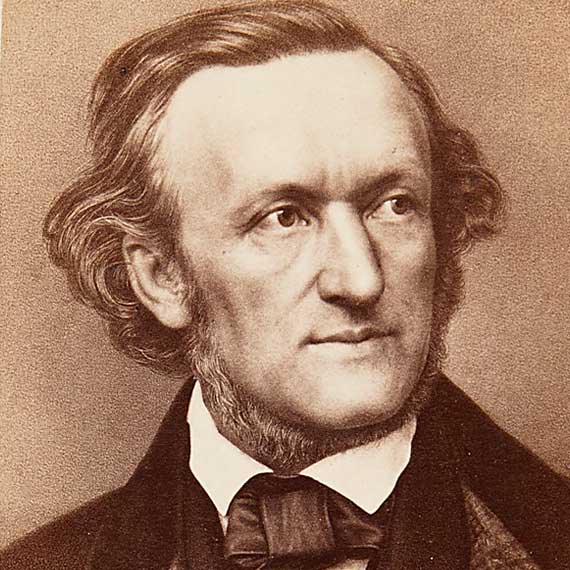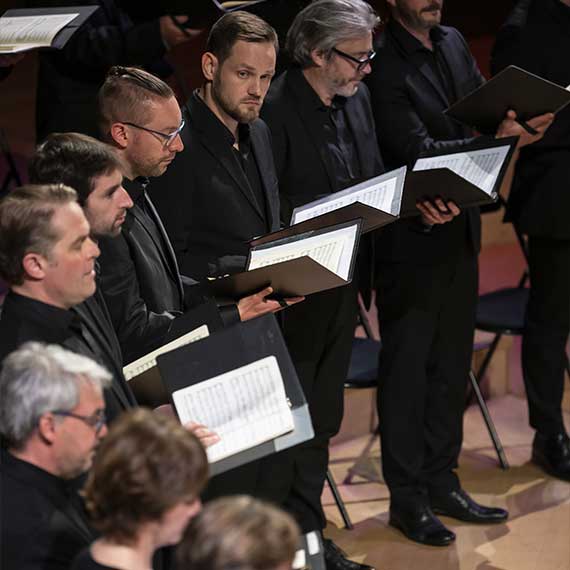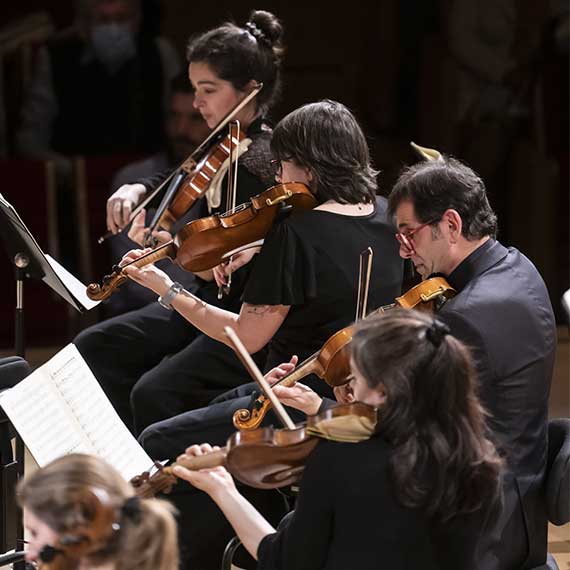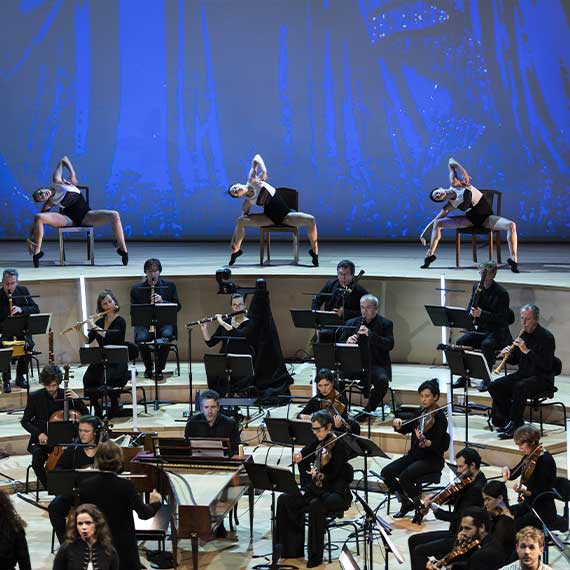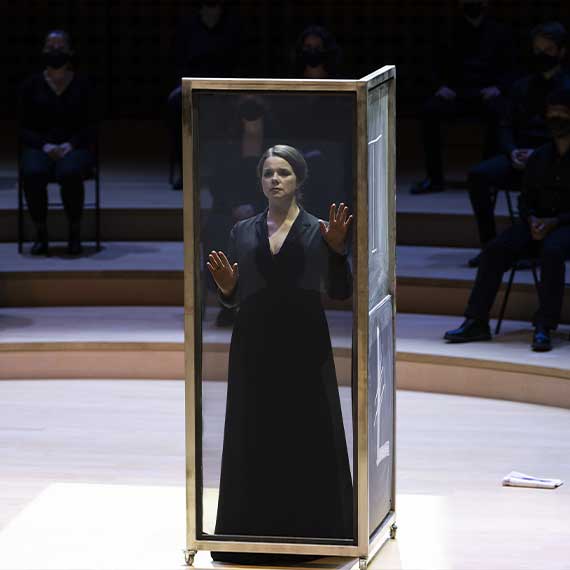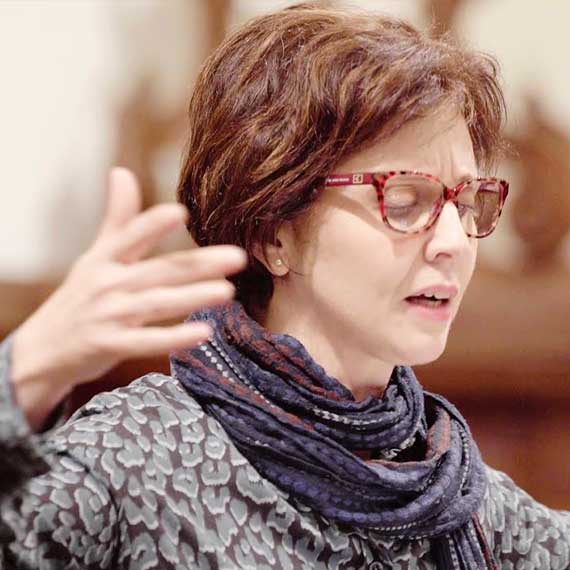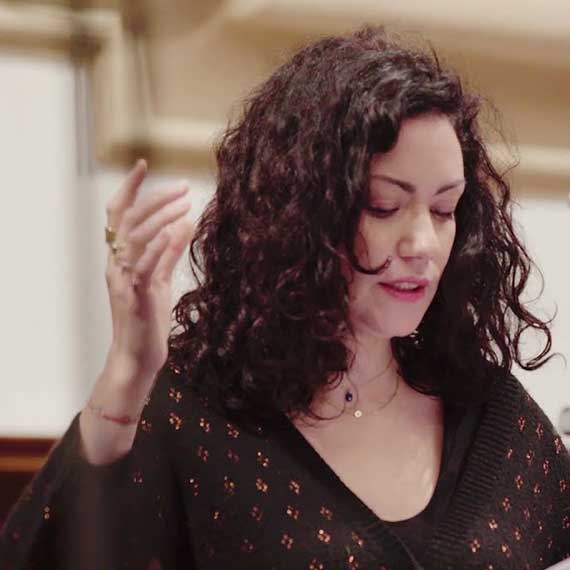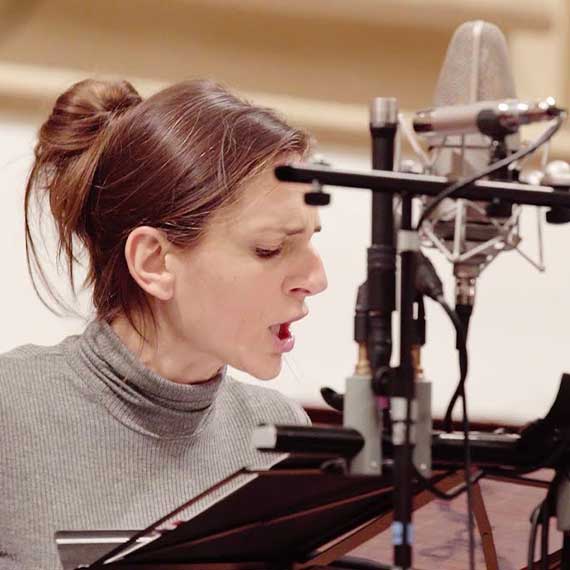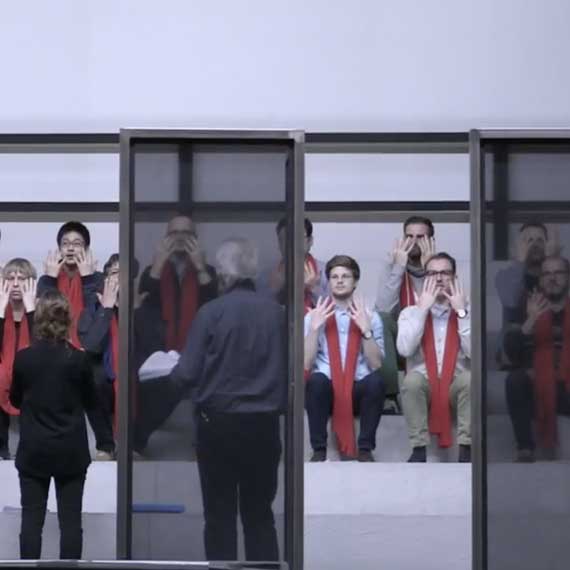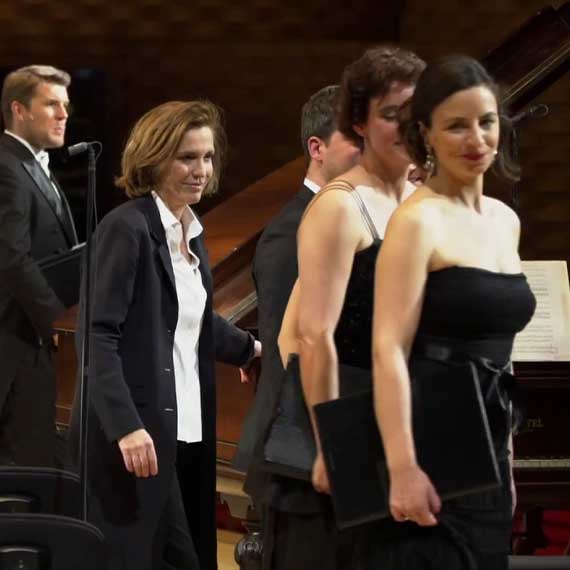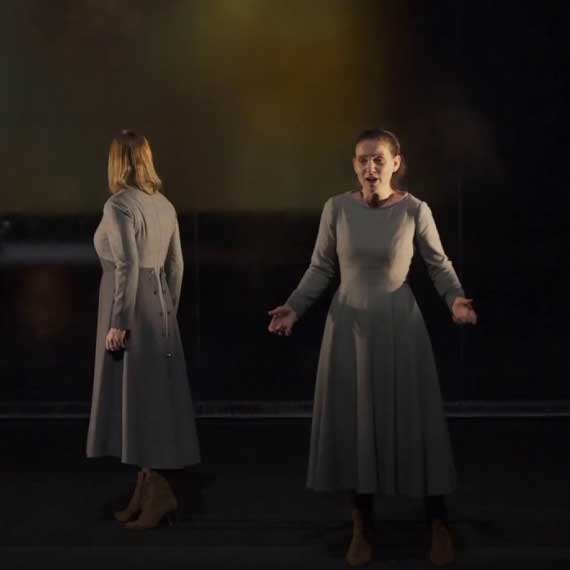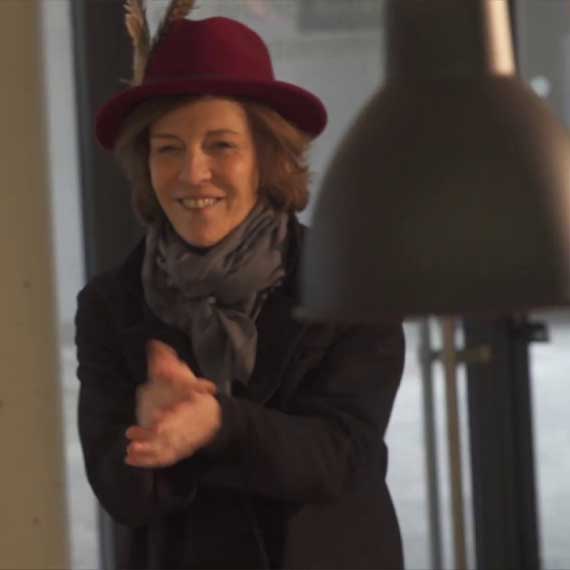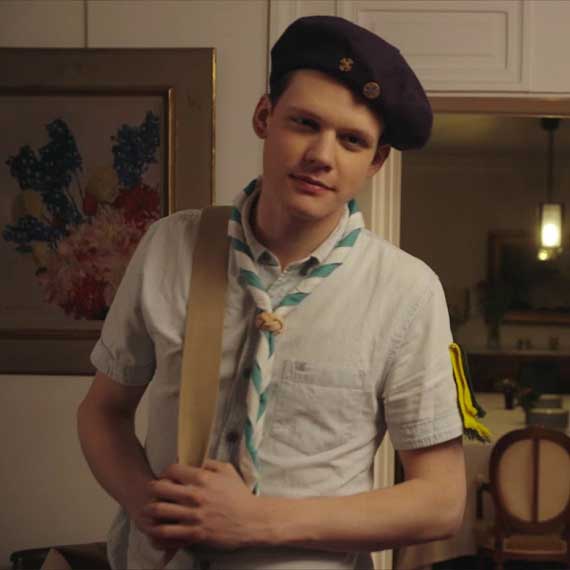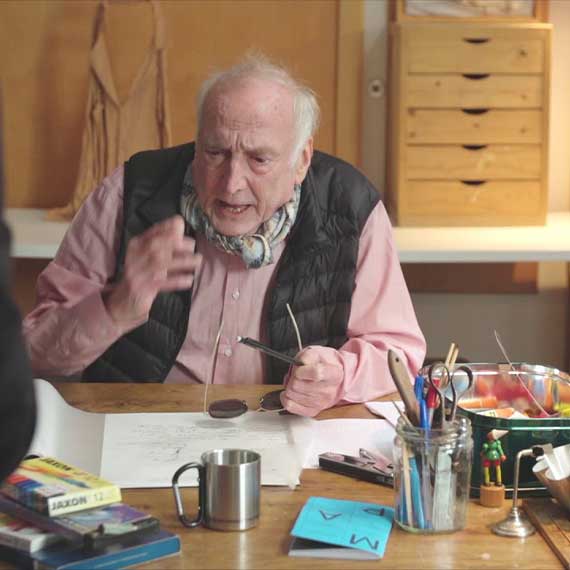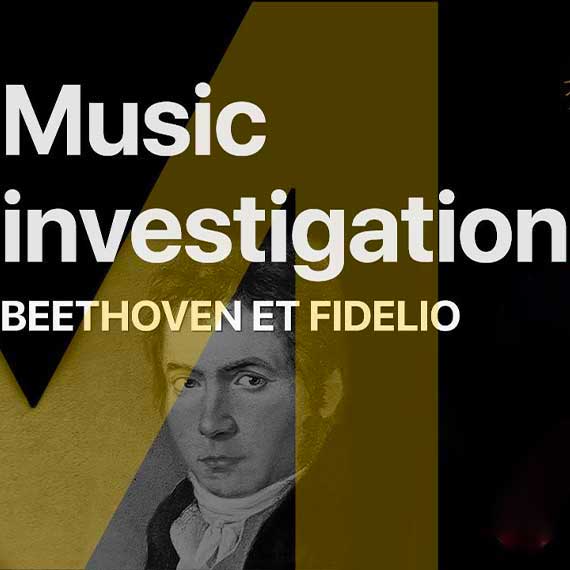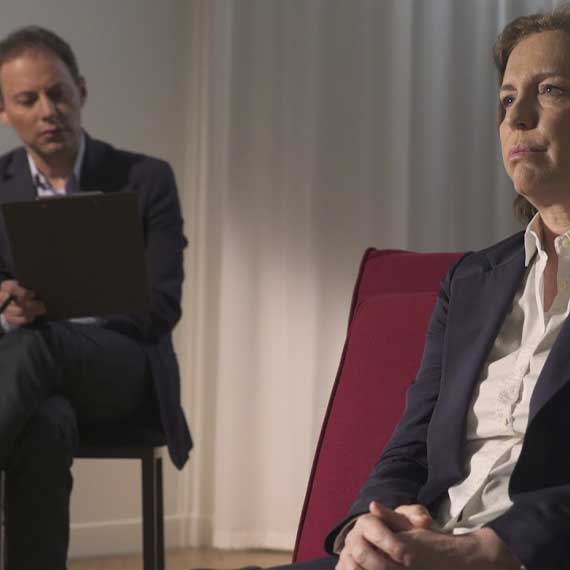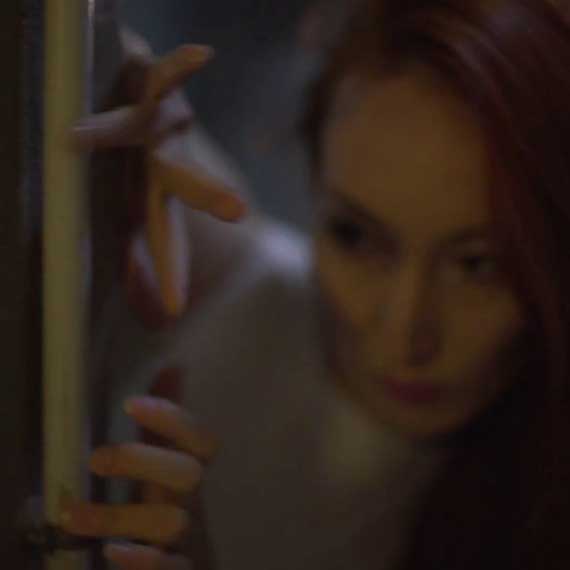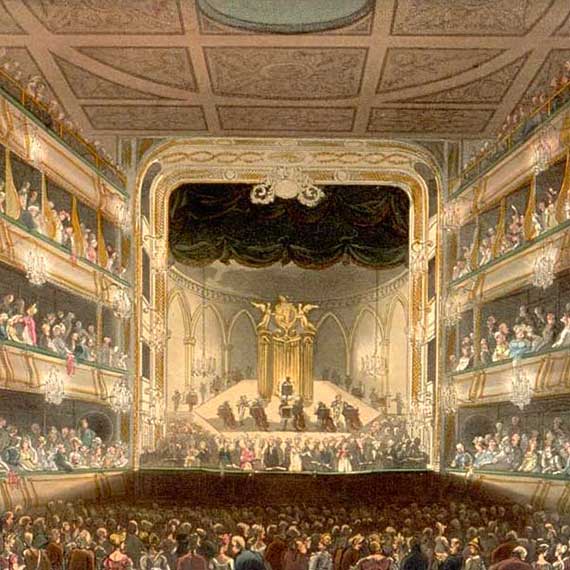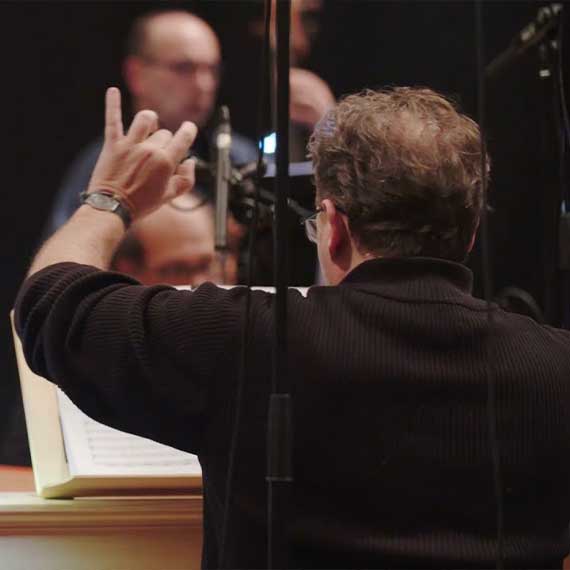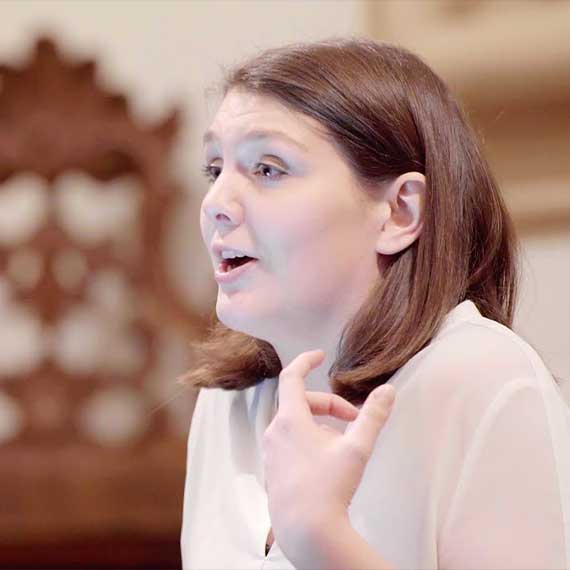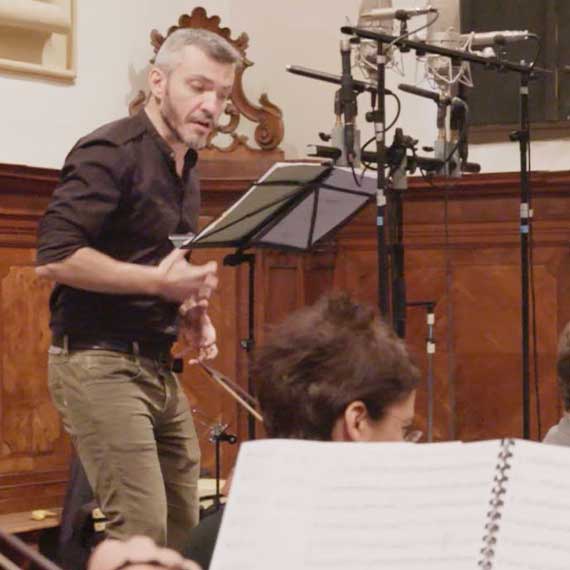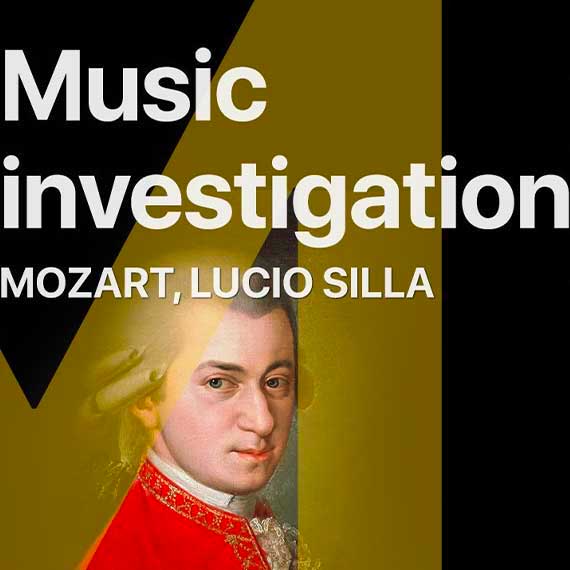Chapitres
Serse
Georg Friedrich Händel

Respect for the past and the emotions of the present
Article
Ottavio Dantone
It is interesting to observe how what might have surprised or disconcerted an eighteenth-century listener is perceived today in a profoundly different way.
The elements that probably determined the failure of the first performance of Serse are precisely those that, in our times, make it an innovative opera, suitable for today’s audiences.
Indeed, the agile dramaturgical rhythm imprinted in the first act by the unusually large number of arias without « da capo » (furthermore puctuated by recitative interventions), as well as the use of humorous or grotesque elements and situations, takes us by surprise and pleasantly plunges us into an atmosphere of pure theatre – something which, on the other hand, confounded the audience at the King’s Theatre in 1738.
It is clear that to tackle this score and to give it the right emotional and theatrical intensity means that the musicians and singers have to take on a special commitment to the logic of « acting in music », paying close attention to declamation and pronunciation, especially in the recitatives, seeking a truth in the expression of emotions and affections that will make the audience forget about histrionic pretence and seduce them into the story. A careful study of the word rhythm and of reaction times in the dialogues, which must be as plausible and objective as possible.
In the arias without « da capo » all the musical and textual meaning is expressed intensely, ending and being completed in a single section; whereas with the tripartite arias we have placed specific attention on repetition, giving the variations a sense that is not merely a matter of virtuoso, but deeply linked to the meaning of the text, giving repetition a unique and even greater emphasis.
As for the instrumental parts, we have tried to engage in dialogue with the voices, pursuing and aspiring to that « speaking » sound through articulations and emissions that come as close as possible to the human accents, to the language and gestures of that era – to us this is the true nature and meaning of philology, far beyond the mere use of period instruments and the (fundamental, of course) knowledge of the original treatises and sources.
Note al libretto
Bernardo Ticci
[Content available in italian only]
Viene riportato il libretto bilingue originale, presente nell’edizione a stampa della prima esecuzione londinese di Serse (London, Chrichley, 1738). Come era prassi nei teatri della Londra del tempo, lo stampatore forniva un testo inglese a fronte, non necessariamente in una traduzione letterale, ma con attenzione alla metrica e alle rime dei versi. Il testo soppresso nella presente edizione è riportato con un carattere differente e in blu.
Le didascalie sono state riportate fedelmente in entrambe le lingue.
Le indicazioni di Ouverture, Aria, Arioso, Recitativo, Recitativo accompagnato, Sinfonia, A 2, e i corrispondenti inglesi non sono presenti nel libretto a stampa.
Nel libretto a stampa l’aria di Romilda Va godendo vezzoso e bello (I, 3) non riporta il testo integrale, che è stato aggiunto nella versione italiana tra parentesi quadre. Il testo inglese viene riportato fedele all’originale.
Il manoscritto autografo e il libretto differiscono nella numerazione delle scene nell’atto terzo. Händel divide il recitativo che segue la sinfonia del terzo atto in due scene, inserendo la didascalia Scena 2da dopo 6 battute. Nel presente libretto è stata mantenuta la lezione del manoscritto autografo.
L’ultima aria di Romilda Caro voi siete all’alma (III, Ultima) ha nel libretto la seguente didascalia errata: Rom[ilda] ed Ars[amene].
Il libretto in inglese fornisce invece la corretta didascalia: Rom[ilda] to Ars[amenes].
Nella presente edizione è stata mantenuta la maiuscola per l’inizio del verso, come da prassi, e la punteggiatura originale. Nel caso di differenze tra il testo a stampa e quello presente nel manoscritto autografo (per esempio sostituzioni di vocaboli, grafie differenti nell’utilizzo delle doppie consonanti etc.) è stata sempre scelta la lezione presente in partitura.
Bernardo Ticci
*cuts in red in the « Serse Booklet IT/EN »
Live recording
Cast
Delphine Galou
Francesca Aspromonte
Anna Maria Sarra
Raffaele Pe
Luigi De Donato
Federico Benetti
Anna Bessi
Orchestra
Accademia Bizantina
Conductor
Ottavio Dantone
Libretto
Anonimo, da Xerse di Nicolò Minato adattato da Silvio Stampiglia
Edition
Edizione critica a cura di Bernardo Ticci
Recording
HDB Sonus, 2020
G.F. Händel - SERSE - Ouverture - Live recording
Accademia Bizantina, Ottavio Dantone
Performance pratice
Rinaldo HWV 7
Strings: 4.4.2.2.2.
Continuo: Cello, Doublebass, Lute, Harpsichord
Winds: 2 oboes, 2 recorders
Harpsichord
Diapason
415 Hz
Parts, after the new critical edition.
Autres ressources associées
Contenu lié
Serse HWV 40
Serse: Back to the Future
Bibliothèque
Retrouver les ressources associées à cette œuvre dans notre bibliothèque numérique.
Vous aimerez aussi
Dans le même thème


